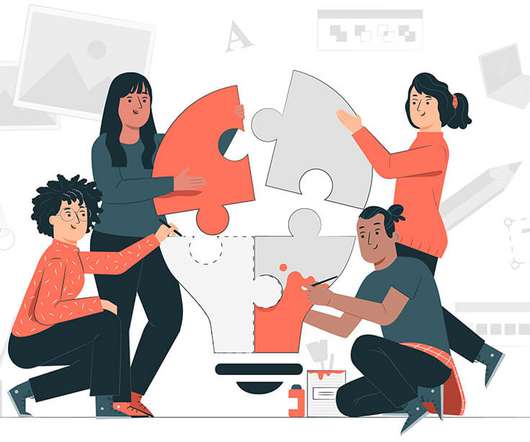Getting Learners to Collaborate in a Virtual Learning Environment
ScholarLMS
OCTOBER 10, 2020
Traditional learning environments serve as natural hubs of social or collaborative learning. Even if there are no explicit group activities planned as part of the academic curriculum, being physically present at a given place and time to attend regular classes offers ample scope for students to learn and grow together.




















Let's personalize your content